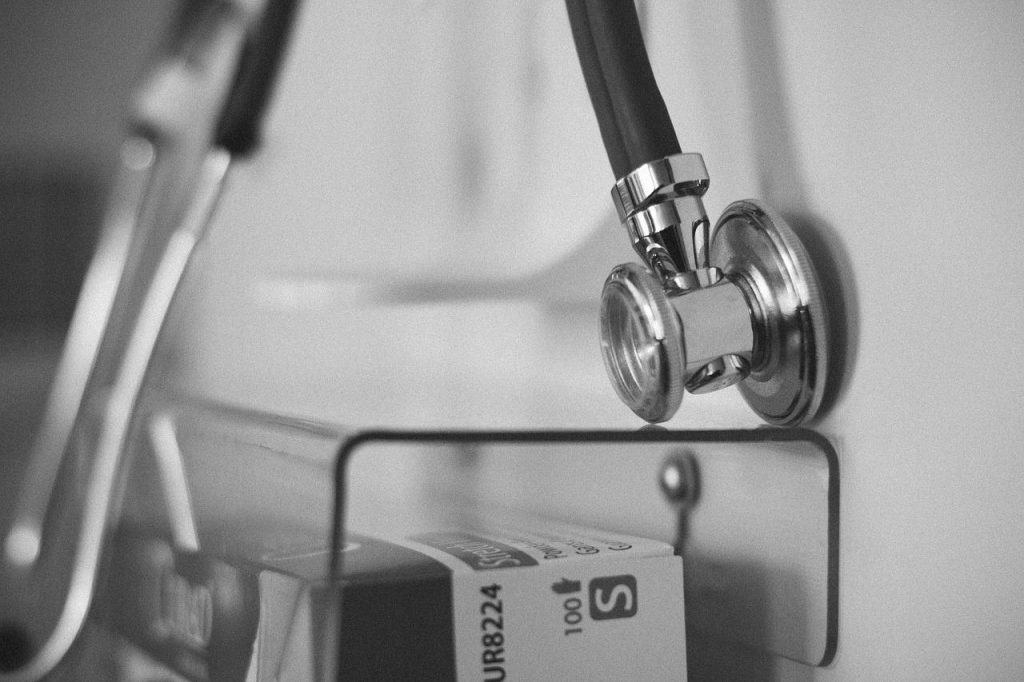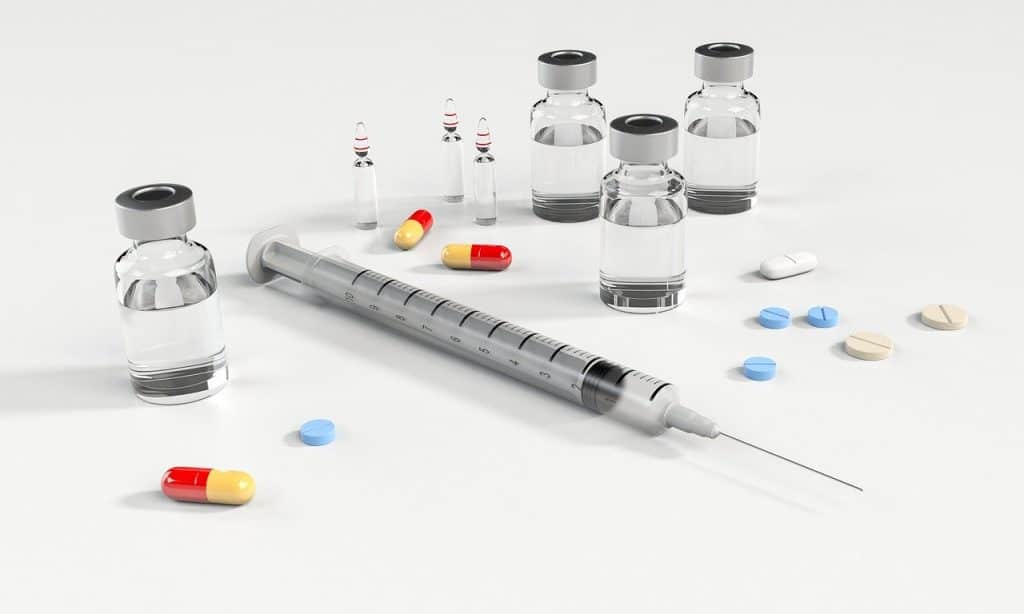You’ve heard it said that a picture is worth a thousand words. In the world of digital technology, the sound of your voice can be worth even more. Medical professionals and patients alike rely on digital audio records for everything from patient consultations to insurance claims—and someone needs to make sense of all those recordings.
That’s where you come in: with the proper training and certification, you can land a career as a medical transcriptionist and earn good money working from home or on-site at hospitals and clinics across the country. This guide will review what you need to know to get started with medical transcription courses—whether they’re online or in-person—and how these courses will prepare you for this promising career path.
What is medical transcription, and how do you become a medical transcriptionist?
Medical transcription is the process of converting voice-recorded reports into written text. This can be a challenging job, but it also has many benefits. Medical transcriptionists listen to dictated recordings and transcribe them into written notes. These reports include patient histories, physical exam results, discharge summaries, laboratory tests, etc.
Medical transcription programs at community colleges and technical schools.
Community colleges and technical schools offer a variety of medical transcription courses, both online and offline. If you’re looking to earn a certificate or an associate degree in this field, you can find programs at community colleges that will help you do so.
Many community colleges also offer financial aid options for students who qualify. Scholarships are available from some medical transcription programs as well—check with the school before applying to find out if there are any scholarships available for potential students.

Community colleges don’t only offer great education opportunities; they also often provide access to resources we all need when we’re learning about new skills, like on-campus job listings for medical transcription positions!
Online medical transcription courses.
Online medical transcription courses are a convenient way to learn the skills you need for this career. They can be completed at your own pace, so you don’t have to put your life on hold while you work toward earning a certificate. You can also complete the required coursework and still work a full-time job, which is ideal for people with families who might not have the time or energy to devote themselves entirely to the program.
Before enrolling in a course, make sure the Association has approved your prospective school for Healthcare Documentation Integrity (AHDI).
The Association for Healthcare Documentation Integrity (AHDI) is a professional organization that has approved schools for medical transcription and coding courses. The AHDI website is an excellent place to start looking for approved schools, but it’s also possible that your prospective school isn’t listed there. If you don’t find your school on the list, it’s best to look elsewhere, as they may not be an accredited provider of medical transcription services.
AHDI offers a voluntary professional credential for transcribing
The Registered Healthcare Documentation Specialist (RHDS) credential is offered by AHDI to those who pass a written test. The Certified Healthcare Documentation Specialist (CHDS) credential is the higher credential that AHDI offers.

If you want to become a certified medical transcriptionist and get your RHDS or CHDS, there are many ways you can go about it. This article will explain some of the options available for transcribing schools and certification programs and what’s involved in getting licensed or certified as an MT.
FAQ
What qualifications do you need to be a transcription?
As long as you have a high school diploma or GED, it’s possible to become a medical transcriptionist. However, most employers prefer that you possess at least some previous experience in the field before applying.
To become a medical transcriptionist, you will need excellent written and spoken English command. You’ll also need to be proficient in using computers for transcribing purposes. Other essential skills include good listening abilities, a strong background in medicine (including science), typing speed and accuracy, grammar skills, and knowledge of medical terminology.
Another critical requirement is the ability to work under pressure because there will always be deadlines for each transcription assignment that has to be met with accuracy and professionalism. Good organization skills are also required, and research skills so that you can easily find information on your own when needed or ask for help from someone more knowledgeable if necessary.
Do transcription jobs pay well?
The average salary for medical transcriptionists is $31,000 annually and can reach up to $50,000 if you’re working from home and have no other employees under your supervision. This salary varies depending on where the position is located and what type of business the employer specializes in. Many companies offer health benefits such as dental coverage and paid time off (vacation days).
How much you earn depends on a variety of factors. Here are some important ones:
- Your experience level. Transcriptionists with more than five years of experience can make well over $20 per hour, while those with less than one year of experience may only make about $10 per hour.
- Where you live. Transcriptionist salaries are often higher in states like California, Texas, and New York than in other parts of the country (though there’s always a possibility that your earnings will be reduced if you live in an area where it’s expensive to live). This makes sense when we consider that most transcription companies operate out of large metropolitan areas like Los Angeles or New York City, meaning they have to charge more for their services to cover the costs associated with operating there. If living expenses are high where you live, but the cost of living isn’t as high as in California or New York City, this could mean an overall increase in your income while still allowing room for growth over time—and vice versa! Make sure that whatever amount you choose feels right given all factors involved before committing yourself financially long term.”

How long does it take to get a medical transcription degree?
There are a number of factors that determine how long it will take you to complete your medical transcription diploma.
What is the program’s length?
The minimum length for a standard diploma is around 1 year, but some programs can last 3 or more years. If you’re looking for something quick and affordable, choose one of these faster options. But if you want more time to practice and improve your skills, consider an extended program with accelerated courses and an optional practicum to put those skills into practice in real work environments before graduation.
How many contact hours per week do they require?
Many programs ask students to spend several hours each week training at home—on top of their classroom instruction time—and others require even more than that, depending on what part of the country they’re located in (some states set stricter guidelines than others). Consider how much time commitment this would add to your life when considering which school fits best with your schedule; try asking current or former students before making any commitments yourself!
Online medical transcription courses
Several schools around the country offer online programs specifically designed for people who want careers as medical transcribers or even those who just want more information about this profession but don’t plan on pursuing it full-time yet.
These programs typically last between three months up until two years, depending on what kind of pace they require from students so they can complete their coursework while balancing other responsibilities like family commitments or work schedules during those periods when there aren’t any classes taking place at college campuses nearby them–which could lead them into becoming discouraged enough not finish classes!
Is medical transcription still in demand?
The answer is yes. Medical transcriptionists are in high demand throughout the country, and there’s a growing need for them in this field. A shortage of qualified medical transcriptionists exists both domestically and internationally. The US Bureau of Labor Statistics predicts that from 2020 to 2030, employment an increase of 11.9 million jobs, much faster than average. If you take an online course, you’ll have plenty of opportunities to find work after graduation, even more, if you get certified!
How to become a medical transcriptionist in the US?
You can become a medical transcriptionist by completing an online course. The first step is to do this type of training, and then you will be able to find a job in the field. Many different programs are available that teach you how to transcribe medical records, so it is essential for you to choose one that offers quality training. You need to make sure that the program you choose has been approved by organizations like the American Health Information Management Association (AHIMA).
The length of time it takes to become a full-fledged medical transcriptionist depends on their skills and abilities. Many people start working as assistants while they take courses at night school or during weekends at community colleges to earn credits toward an associate’s degree in health information management (EHIM).
Those who decide on this course should expect it will take them between six months and two years until they graduate with their EHIM degrees; however, those who wish only want work as assistants may complete their certification within three months after completion of their training courses offered through hospitals or other institutions offering such programs locally where they live in order either part-time evenings/weekends only hours weekly schedule must include weekend hours so plan accordingly before choosing which certificate program meets needs best fully accredited by AHIMA.
Conclusion
We’ve taken a look at the most important things you need to know about becoming a medical transcriptionist. We’ve covered all the essential training, experience, qualifications, and certifications required to work in this field. But what if you want more? What if you want to build a career out of this? How can you do that? There are two main paths you could take: one involves experience as an employee in a medical office or hospital, while the other takes advantage of your skills by working from home on your terms using transcription software like Dragon NaturallySpeaking or Transcription Buddy.







